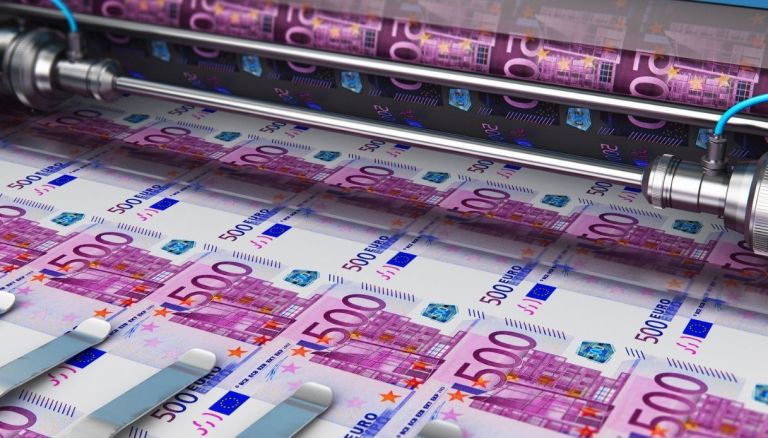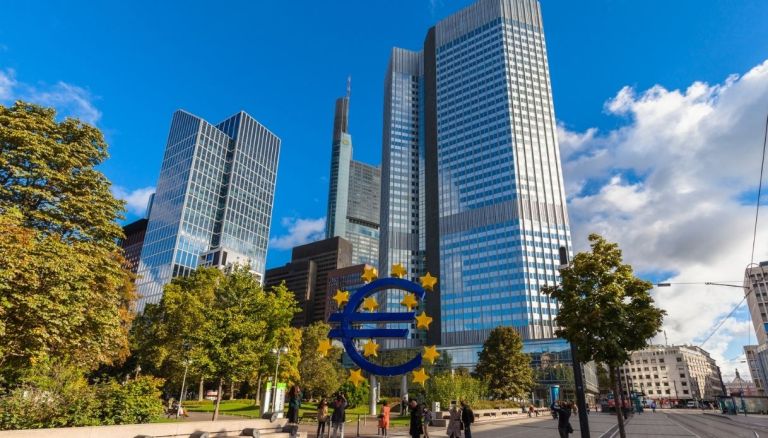QE: quantitative easing. This is an unconventional instrument of expansive monetary policy that central banks have decided to take into account given the paralysis of markets due to COVID.
In this case, quantitative easing has been put in place to shake up economic growth, restoring the confidence of market operators in order to strengthen production and employment figures and combat deflation. The QE is also used to make a concrete contribution to countries in economic difficulty which, in general, have difficulty keeping up with their public debt.
We do not often hear about quantitative easing precisely because, in itself, it is an unconventional monetary policy instrument, and therefore it is only used in cases of extreme necessity because it is considered “ultra-expansive”. But what exactly does it consist of?
Quantitative Easing: an overall view
Quantitative Easing is a quantitative easing tool that aims to generate new money and thus stimulate the economy. Monetary policy takes the form of a set of objectives and choices that central banks tend to develop in order to create a path suitable for credit supply and financial markets.
As already explained, the QE is an unconventional monetary policy choice that is part of the Forward Guidance.
How does quantitative easing work?
QE is a form of support to economies provided by central banks. In Europe, it is dealt with by the ECB, the European Central Bank. Its objective is to inject money into the system by purchasing certain assets, thus creating new money to finance development and services.
In other words, the central bank creates new money that is used to buy securities, raising their price and lowering their yield. The purchase of securities generates a certain amount of liquidity which lowers interest rates. The aim of the operation is to offer more money by reducing the cost of loans (the above-mentioned rates) in order to give an impulse of recovery to a stagnant or withdrawing economy.
Usually, the central bank purchases short-term government bonds. However, if the QE does not lead to the desired results, the CB may decide to buy longer-term securities and also include non-performing loans or shares in private equity companies in the cachet.
We have said that quantitative easing generates money. What does this mean? Is more money printed? It is not always true. Nowadays, money created for special needs is entered into the system through electronic means, although QE tends to be considered a printing operation.
After all, the aim is to strengthen the confidence of operators by providing an attractive incentive to get the complex money machine up and running again.

What are the practical effects of QE?
As already mentioned, quantitative easing tends to increase liquidity by lowering the interest rate. However, if the central bank were to apply an overly aggressive QE policy, there could be an increase in inflation. On the other hand, the excess of money on the market causes its devaluation. Beware: inflation is not necessarily a bad thing, especially when the risk is deflation – just as dangerous for the financial markets.
On the other hand, the positive effects include a possible revival of the economy, which occurs when money passes from the central bank to consumers who are ready to spend it. This stimulus generates a revival of market business that is usually very effective in achieving the objectives set.
The quantitative easing programme ends when the objective has been achieved.
